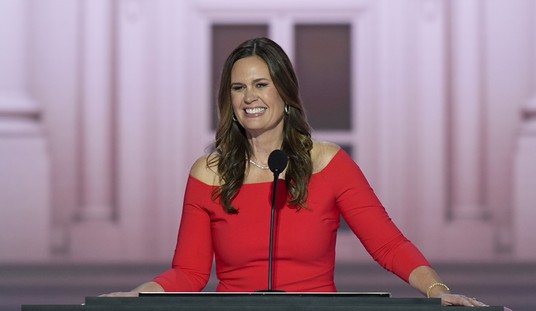
Since I last looked at the Senate races 11 days ago, the picture of the home stretch has started to come a little more clearly into focus, albeit with a frustratingly large number of undecided voters still showing up in the polls even in states that have already begun early voting. The high number of undecideds is one of several reasons to question the reliability of this year’s polls, although the most likely reason for a surplus of undecideds is that some of those folks are just going to end up staying home – a result that would be good news for GOP candidates who have pulled out to a polling lead (as in Colorado, Iowa and Kentucky) but not so good for candidates in North Carolina and New Hampshire who are crouched in striking distance but still need to be persuading people. However, if you look at the broader trends in the presidential approval and generic ballot polling, you can see that things are again looking up for Republicans – if they can only capitalize on those opportunities.
I’ll return to the Governors’ races separately soon. You can read my prior posts in this series for an explanation of the methodology.

I’ve italicized West Virginia, Mississippi and Oregon because there’s no new polling since my last post. I’m also now including Sean Haugh, the Libertarian Party candidate in North Carolina, since RCP now carries a 3-way average and he’s consistently polling around 5% (although history suggests he will likely end up below that). As you can see, there’s still a ton of undecideds in some of these races (hello Michigan), but more and more of them are getting below 10% undecided.
You’ve probably seen a lot of hue and cry about South Dakota, and the average here – as with Georgia – is a little misleading because the two most recent polls show a tighter race. But unless (as has happened before in this part of the country) the polls are really off, it’s hard to see Rick Weiland having a realistic path to victory, especially because the opportunity to catch Mike Rounds napping has already been lost, and resources are pouring in to shore him up. That said, we probably need another couple of polls to get a fix on whether things are really shifting in South Dakota.
In Kansas, I stand by the view that, if [mc_name name=’Sen. Pat Roberts (R-KS)’ chamber=’senate’ mcid=’R000307′ ] pulls ahead of Orman, he’ll be ahead to stay, given the 2014 environment and the natural partisan tilt of the state. Right now, they’re tied in the average, with the trend seeming to favor Roberts, so the next poll or two will bear close watching there as well.
The trend has been positive enough in New Hampshire and North Carolina to suggest some GOP momentum there as well. Here’s the overall trend since October 1 across all the Senate races:

If you zero in on the ten closest races (where the top 2 candidates are separated by less than 9 points), you see a more pronounced trend of the GOP candidates widening their leads and moving from below 45 points to above 46, exactly the kind of movement we would expect to see if undecided voters are gradually moving into the GOP column:

The other “fundamental” indicators are favorable as well, like the generic ballot, which had tightened briefly but is now breaking back open to a GOP lead, a result consistent with what we are seeing in terms of polling and resource allocation in House races across the country:

Then there’s the recent regression in Obama’s approval rating after a brief recovery:

And in the states where we have enough polling to have an approval rating average for Obama, you can see that (except for [mc_name name=’Sen. Jeanne Shaheen (D-NH)’ chamber=’senate’ mcid=’S001181′ ] in New Hampshire) the ranking of the Senate races is shaping up about where you would predict from the President’s approval alone:

We don’t know what the elections will deliver, but the RCP “no leaners” poll average has the GOP gaining 8 seats in the Senate (to 53), and right now, that seems like the reasonable median forecast – and R+10 and 55 seats, while the optimistic scenario, hardly seems like a major stretch at all if North Carolina and New Hampshire fall. Beyond 55 is more in the nature of wishcasting, and of course the Democrats have the same reasons to hold out hope for Georgia, Kansas and South Dakota that Republicans do in North Carolina and New Hampshire.
There’s still reasons to think the polls may be wrong, as Sean Trende, Nate Silver and Mark Blumenthal explain, and I’ll return to that topic another day – but as Trende and Silver note, there’s no particularly reliable way to tell in advance which direction they might be wrong in.
I will say this: we have public polls, but the parties have lots more polls than the public does, and therefore have a clearer picture of the landscape – and very little in the behavior of the Democrats in particular leads me to think they are confident that things look less grim than the picture painted for them by the public polls. You can see the desperation in any number of their recent campaign tactics, but I will leave you with this lovely montage of excerpts from recent Democratic fundraising emails quoting, over and over and over again, a single line from a single ABC News report, without even mentioning that that very article said Republicans “still seem on track” to retake the Senate:














Join the conversation as a VIP Member